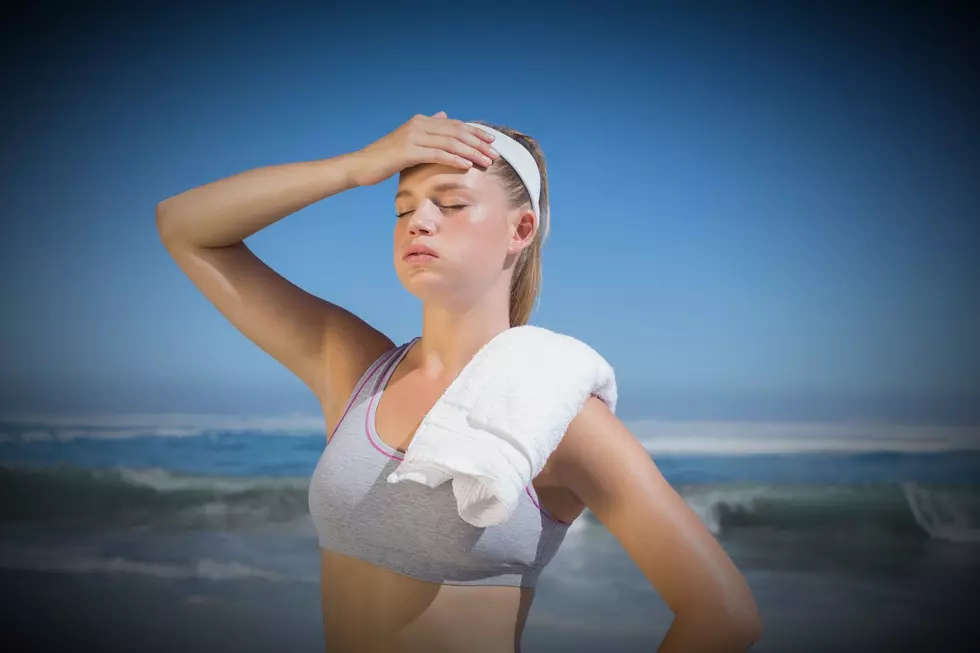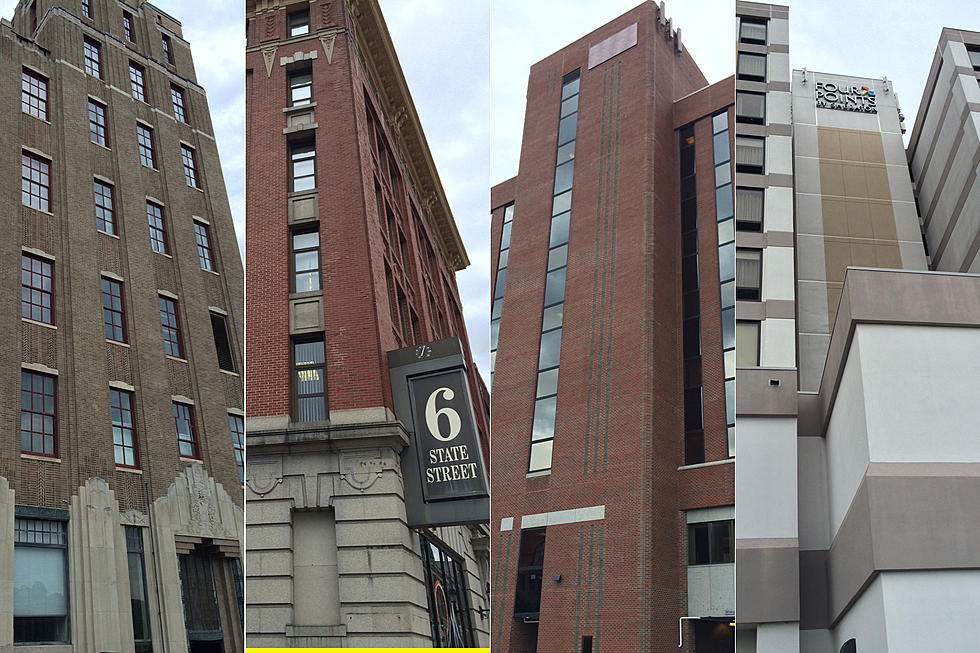
Daylight Saving Time This Sunday Got You Down? Walk It Off.
It might take you a couple days to adjust to daylight saving time on Sunday, when at 2 a.m., time will "spring ahead" to 3 a.m., but you will indeed get used to that hour of light being swiped from the morning and transported to the evening. Until then, walk it off ...literally.
I feel very lucky reading this because it has for many years been my practice to get out and walked each day. No worries if you don't enjoy walking, whatever it is you like to do for exercise now would be a good time to take up your mantle. A poll released by the National Sleep Foundation found that people who exercise, even a little, enjoyed more restful sleep than people who got no exercise at all.
"I don't think we can say, on the basis of this poll, that exercise improves sleep, but people who exercise regularly are less likely to report sleep disturbance," said Dr. Barbara Phillips, the medical director of the sleep lab at the University of Kentucky's College of Medicine. She also helped put together questions for the poll, taken of 1,000 adults ages 23 to 60. Results also showed that it doesn't really matter what time of day you can get your walk into your schedule.
But walk or not the good news is most people recover from the switch to in time in a day or two. To make the transition smoother, consider these tips:-Go to sleep a little earlier Saturday. If you really want to prepare, make the bedtime earlier a little bit each night leading up to the switch."
Here are some other tips I have found that work for me.
-Putting some sun on your face as early as possible. I am thinking even a light box while you rad your paper would count.
-At night they suggest you skip staring into an electronic screen. These types of lights mess with your internal clock that tells you you're sleepy.
-Finally many experts say it is better to go to be early than take a nap. For me that's a no go because I love napping. What I have read is that it is better to do it before 2PM and not more than 45 minutes to an hour.
More From WWMJ Ellsworth Maine





